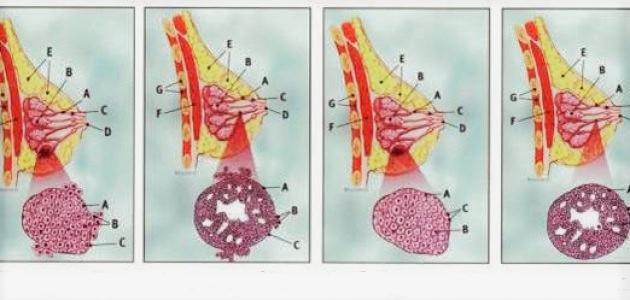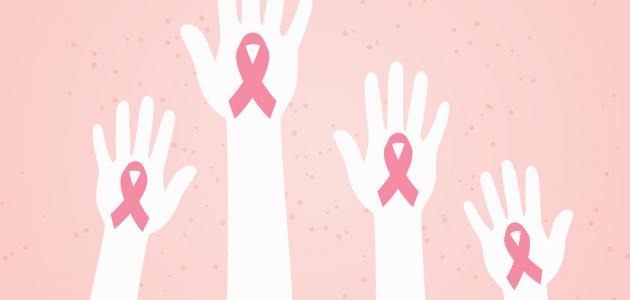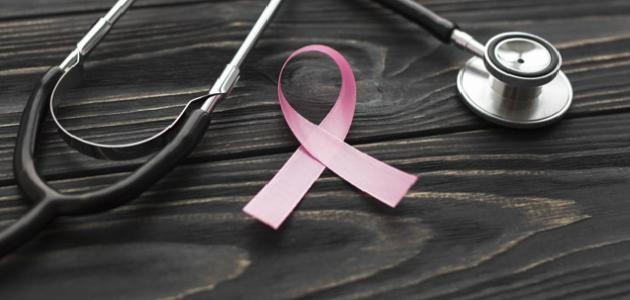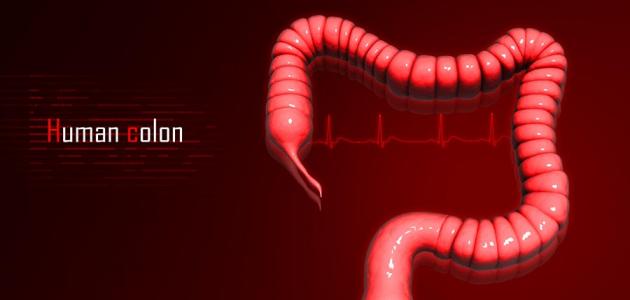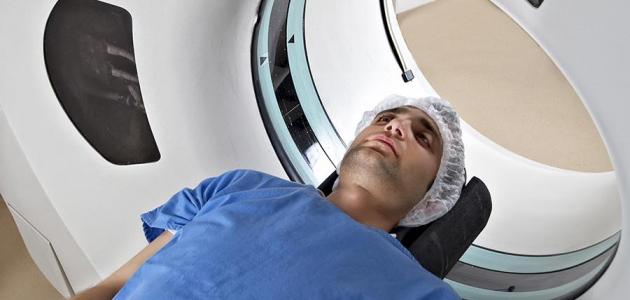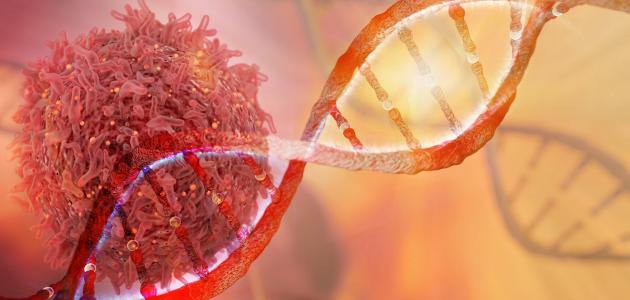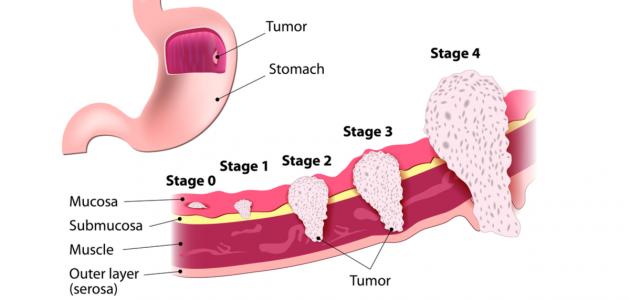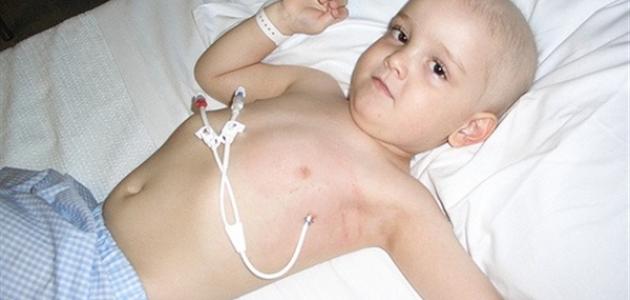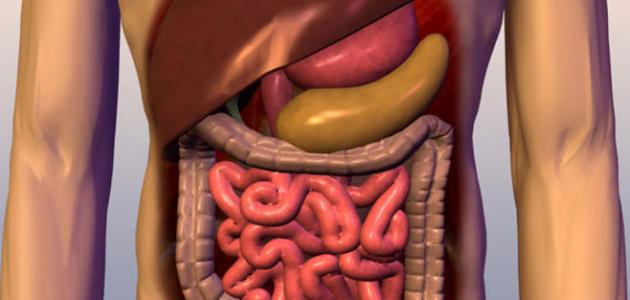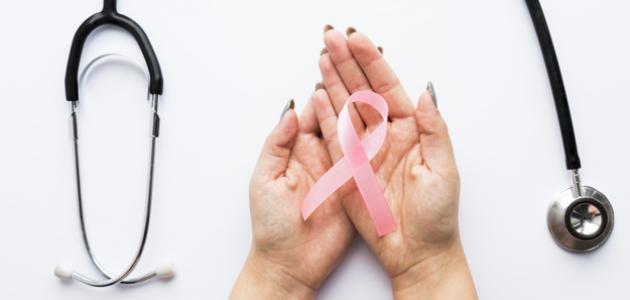Contents
Overview of breast cancer
Breast cancer refers to cancers that begin in the breast tissue, which usually forms a tumor, and there are three types of breast tumors; Benign, in situ, and invasive, as most of the tumors that develop in the breast tissue are benign, i.e. non-cancerous, and around localized tumors, it means that the presence of the tumor is limited to the milk ducts or Lobules in the breast. As for invasive tumors, they are considered the most dangerous breast tumors, and are the spread of the cancerous tumor to other parts of the body. According to the World Cancer Research Fund International, breast cancer is the most common type of cancer.It is common among women, and is the second most common type of cancer in general, and fortunately the death rate from breast cancer has decreased in recent years. This is due to early detection of breast cancer, as starting treatment immediately in these cases contributes to controlling the cancer more, and it is worth noting that undergoing periodic mammography known as mammography plays a role in early detection of the infection With breast cancer. [1] [2]
To learn more about breast cancer, read the following article: ( What is breast cancer ) .
Breast cancer development stages
It develops breast cancer in several stages . The stages were this statement based on the location of the tumor, and the extent of its growth, and whether it has spread to other parts of the body or not, it should be noted that the determination of the stage of cancer is conducting appropriate diagnostic tests, and it can To say that determining the stage of cancer is not accomplished with certainty until after obtaining the results of all examinations, and it is worth noting that determining the stage of cancer is very important, because of this role in determining the appropriate treatment method for the patient's condition, and predicting the course of the disease in the future and the possibility of recovery from it . [3]
The Tumor-node-metastasis staging system (TNM) is the most popular staging system for breast cancer, and this system represents the seventh version of the Breast Cancer Staging System issued by the American Joint Committee on Cancer and in short (AJCC). It is worth mentioning that this system depends on the clinical and pathological aspects of breast cancer in staging the following manner: [4] [5]
- Pathological aspects: It is called the surgical stage, and it is determined by examining the tissues that were removed during a surgical operation aimed at removing the entire tumor, and in this case, surgery is performed at the beginning with the aim of controlling the tumor, that is, treatment is started before the stage is determined.
- Clinical aspects: Determining the clinical stage is used in cases where surgery is not possible, and determining this stage depends on many factors. Including the results of the physical examination, imaging tests, and biopsy taken from the patient, it is worth noting that determining the clinical stage plays a role in helping to develop the appropriate treatment plan for the patient, and sometimes the disease has spread beyond the expectations of the clinical stage, and it may result On this, the inability to predict the exact course of the disease, as is the case when determining the disease stage.
The TNM system shows breast cancer in five stages, starting from stage 0 "0", followed by stages "1" to "4", and stages from "1" to "4" are often written in Roman numerals; That is, "I", "II", "III", and "IV", and in this context it is indicated that the larger the number indicates a more advanced and widespread stage, and therefore stage zero "0" refers to the cancer that is localized in its place. has not spread at all, and the stage "4" refers to more than the spread of cancer compared to other stages, it is worth mentioning the use of certain symbols also clarify cancer properties, Npinhma as follows: [4] [5]
- The letter T: indicates the size of the tumor and the extent of its growth to the surrounding areas.
- The letter N: means the extent of the cancer spread to the nearby lymph nodes.
- The letter M: means the extent of the tumor and its reach to places far from the breast. Like the liver and lungs.
- ER symbol: It indicates whether or not the cancer has a protein known as an estrogen receptor.
- The PR symbol: indicates whether or not a cancer has a progesterone receptor .
- The letter G: It is the grade of the cancer, and it indicates how similar the cancer cells are to normal cells.
- HER2 code: This symbol refers to the gene responsible for making proteins known as human epidermal growth factor receptor 2 that are found naturally on the surface of breast cells, and that a mutation in this gene causes an increase in its copy This increases the number of proteins responsible for their synthesis, and as a result stimulates breast cells to grow and divide in an uncontrolled way, and this is symbolized by (positive HER2) and not by (negative HER2). [6]
Stage 0
Stage 0 or stage 0 is known as carcinoma in situ, and it is worth noting that localized breast carcinoma may present in three forms, and can be explained as follows: [7]
- Channels cancer Topical: , a cancer of the type Non - aerated , since there are abnormal cells in this case in the lining of the milk ducts in the breast, and is considered channels cancer localized very early stage, And it has a great potential for recovery if the appropriate treatment plan is followed, but in the event that it is kept untreated or the development of this type of tumor is not detected, it may spread to reach and affect the surrounding breast tissue .
- Lobules Cancer Topical: , and is the growth of cells is abnormal within the breast lobules without spread to the breast tissue, no longer lobules cancer localized stage "0" cancer, but when it arises , it is a risk factor that increases the likelihood of Ms. breast cancer development .
- Paget papillary disease: , which is a rare type of breast cancer that affects the skin of the nipple and the areola that represents the dark circle around the nipple, and most people with Paget papillary disease have one or more tumors within the same breast. Usually, ductal carcinoma or invasive breast cancer. [8]
level 1"
The size of the tumor in stage 1 of breast cancer is less than 2 cm, and the cancer at this stage does not spread to any other site of the body, including the lymph nodes, [9] It is worth noting that breast cancer cells in stage 1 are invasive; Meaning that it invades the surrounding normal breast tissue, and the first stage is divided into two sub-stages; Namely "1A" and "1 B", and in a statement for each of these stages of the following: [10]
- Stage 1A: This stage indicates that the tumor does not exceed 2 cm in size, has not spread to the outside of the breast, and the cancer has not reached the lymph nodes.
- Stage 1B: This stage refers to one of two cases, namely: Either there is no cancer in the breast, but rather there are small groups of cancer cells in the nearby lymph nodes ranging in size from 0.2-2 mm, and the second case is the presence of a tumor in the breast that does not increase About 2 cm, in addition to cancer cells in the nearby lymph nodes, and their size ranges between 0.2-2 mm.
Breast cancer is classified as stage 1A in cases where it is positive for estrogen or progesterone receptors. During the first stage of breast cancer, what is known as microscopic invasion may occur, in which cancer cells begin to attack the tissues outside the lining of the milk ducts. Or lobules, but the size of invading cancer cells is less than 1 millimeter. [10]
Stage 2
The size of the tumor in stage "2" of breast cancer ranges between 2 to 5 cm, and the lymph nodes in one or both armpits are affected by cancer, and during this stage there are no signs indicating the spread of cancer to other areas of the body, and stage 2 is divided From breast cancer to sub-stages known as "2A" and "2B", and the following is a breakdown for each of them: [11] [12]
- Stage 2A: The cancer in this stage is invasive, as it is represented as follows:
- A lump does not grow in the same breast, but cancerous lumps with a diameter of more than 2 centimeters grow in up to three lymph nodes in and around the armpit, or in the lymph nodes near the breastbone.
- A breast lump with a diameter of no more than two centimeters, and it has spread to the lymph nodes in the armpit area.
- A tumor 2-5 cm in diameter, but it has not spread to the axillary lymph nodes .
- Stage "2B": The cancer in this stage is invasive, as it is represented as follows:
- The growth of a tumor with a diameter of 2-5 cm in the lymph nodes along with clusters of cancer cells, and it is indicated that these cancer cells form clusters ranging in size between 0.2-2 mm.
- Tumor growth with a diameter ranging between 2-5 cm, and the spread of cancer cells to up to three axillary lymph nodes, or in the lymph nodes near the sternum.
- A tumor in the breast with a diameter of more than five centimeters, but the cancer cells have not spread to the lymph nodes in the armpit area.
Stage 3
Stage 3 breast cancer is also known as Locally Advanced Breast Cancer. The size of the tumor in this stage of breast cancer ranges between 2 to 5 centimeters, and the cancer spreads at this stage to reach the skin over the breast or the glands Close lymph nodes or even to the chest wall, and the lymph nodes in the armpit are also affected by cancer, and during this stage there are no signs that cancer has spread to other areas of the body, and stage 3 of breast cancer is divided into three sub-stages known as "3A" And “3B” and “3C”, and below is a detail for each of them: [11] [13]
- Stage 3A: It is represented by one of the following:
- Not seeing a lump in the breast, or the lump of any size, in addition to the presence of cancer in between 4-9 axillary lymph nodes, or in the lymph nodes near the sternum.
- A breast lump with a diameter of more than five centimeters, along with small clusters of cancer cells in the lymph nodes.
- A tumor in the breast with a diameter of more than five centimeters, and cancer cells have spread to up to three axillary lymph nodes, or in the lymph nodes near the sternum.
- Stage 3B: This stage of breast cancer is the spread of the tumor to the breast skin, making it one of the inflammatory breast cancers, or it may spread to the chest wall, which represents the surrounding structures that protect the lungs, including the ribs, muscles, skin, and connective tissues. 3B: Cancer cells may spread to up to nine axillary lymph nodes or near the sternum. Breast cancer at this stage causes ulcers or swelling of the skin.
- Stage 3C: There may be no tumor at this stage, or it may be of any size, but the cancer is located in the breast skin causing swelling or ulcers, and has spread to the chest wall, and has also spread to one or more of the following structures:
- Ten or more axillary lymph nodes.
- Lymph nodes below or above the collarbone .
- Both the axillary and proximal lymph nodes of the sternum.
Stage 4
Breast cancer stage "4" is invasive or metastatic, meaning that the tumor has spread outside the original area in which it was formed, and the growth of cancer cells in stage "4" may reach areas far from the breast and the surrounding lymph nodes, and around the sites of The body that breast cancer may reach at this stage is the brain , liver, lungs, bones, and distant lymph nodes. [14] [10]
References
- ↑ "Breast Cancer" , familydoctor.org , Retrieved 24-2-2020. Edited.
- ↑ "Breast cancer statistics" , www.wcrf.org , Retrieved March 14 , 2020 . Edited.
- ↑ "Breast Cancer: Stages" , www.cancer.net , Retrieved 2-24-2020. Edited.
- ^ A b "Stages Of Breast Cancer" , Www.cancer.ca , Retrieved 24-2-2020. Edited.
- ^ A b "Breast Cancer Stages" , Www.cancer.org , 20-9-2019, Retrieved 25-2-2020. Edited.
- ↑ "HER2 Status" , medlineplus.gov , Retrieved 2-25-2020. Edited.
- ↑ "Stages 0 & 1" , www.nationalbreastcancer.org , Retrieved 2-25-2020. Edited.
- ↑ "Paget Disease of the Breast" , www.cancer.gov , Retrieved April 13 , 2020 . Edited.
- ↑ "Breast Cancer" , my.clevelandclinic.org , 31-12-2018, Retrieved 2-25-2020. Edited.
- ^ A b T "Breast Cancer Stages" , Www.breastcancer.org , 23-7-2019, Retrieved 25-2-2020. Edited.
- ^ A b "Breast Cancer In Women" , Www.nhs.uk , 28-10-2019, Retrieved 25-2-2020. Edited.
- ↑ Bethany Cadman (15-8-2018), "What happens at each stage of breast cancer?" , Www.medicalnewstoday.com The , Retrieved 25-2-2020. Edited.
- ↑ "Breast cancer" , www.cancerresearchuk.org , 4-10-2017, Retrieved 2-26-2020. Edited.
- ↑ Carol DerSarkissian (6-11-2019), "What Are the Stages of Breast Cancer?" , The www.webmd.com , Retrieved 25-2-2020. Edited.
